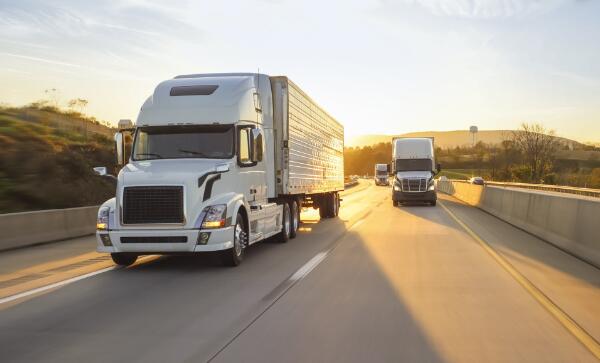Both on the road and the city is a car, motorcycle, or bicycle; one of the maneuvers produces more stress with driving near a truck-tractor. Those have several axes and can measure up to 25 meters long, a situation that is complicated when exceeding them.
But the complicated thing is to drive a vehicle of such characteristics. This result is because visibility quite reduced since the cabin located up and forward. And thanks to the shape and configuration of the body, this class of vehicles have several blind spots.
Lateral: the large areas that exist on both sides of the trucks are highly risky due to the large spaces they require to turn. Because during the maneuver moment, it is impossible to see the cars roll directly behind them or at their side. Also, even when changing lanes, these lateral blind spots are very dangerous, since the trucks are usually too high. In this case, the blind spots created by the rear and side panels of the body, which generates a larger blind spot.
Hood: because of the size, the driver located in the upper part, which makes the cover that covers the engine very large, a situation that generates a fairly wide blind spot both forward and sideways of the truck-tractor.
Rear: both rigid and articulated this blind spot fixed, regardless of whether the vehicle is loaded or not. Hence the text that usually placed on some trucks in the back: “If you can’t see my mirrors, I can’t see it either. ” That is why when driving very close to a heavy vehicle, in case it stops abruptly, you run the risk of crashing head-on or, in the worst case, of finishing under the truck.

Beyond the Mirrors
– When driving a heavy vehicle with a 194 led bulb fog light, before making a turn, lane change, overtaking, etc. It is recommended to look at the rearview mirror at least twice before performing the maneuver. If you don’t see anything for the first time, you should wait a couple of seconds and look again.
– The external rearview mirrors must accommodate to minimize the risks so that the rear of the vehicle can see, but not its sides. With this configuration, it is also easier to maneuver the truck-tractor in enclosed spaces.
– Ideally, the driver uses a peripheral vision, which, in addition to checking the mirrors, involves glancing over the shoulders when necessary.
– A small movement of the body forward allows you to widen the external viewing angle in the mirror, which allows the driver to have a greater field of vision.
– Another way to reduce blind spots is by using convex mirrors. However, great care must take since the images reflected in such mirrors are not real in terms of the size and closeness they reflect.
